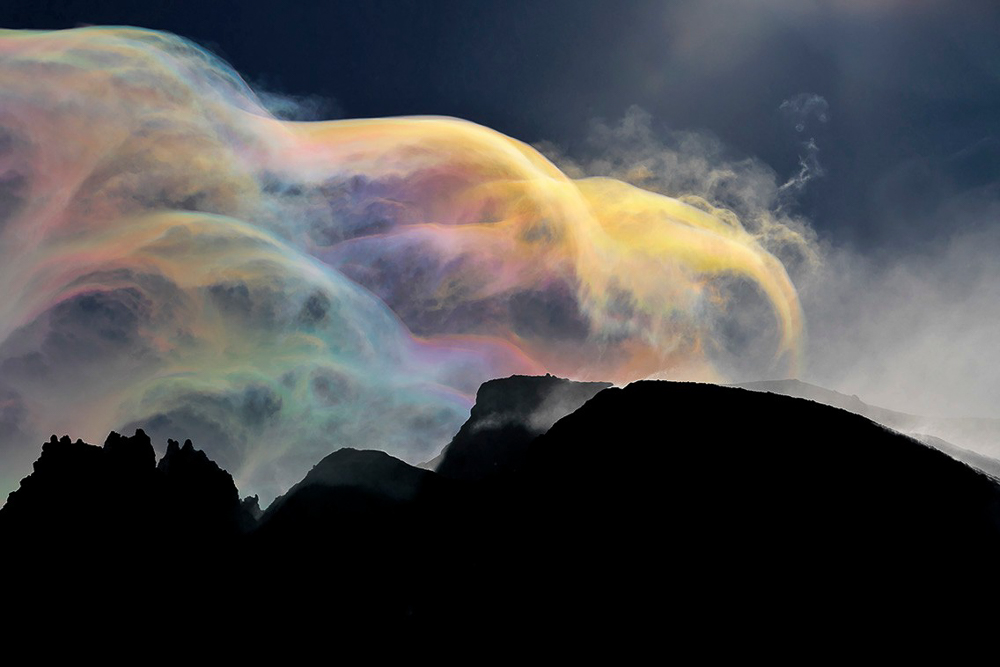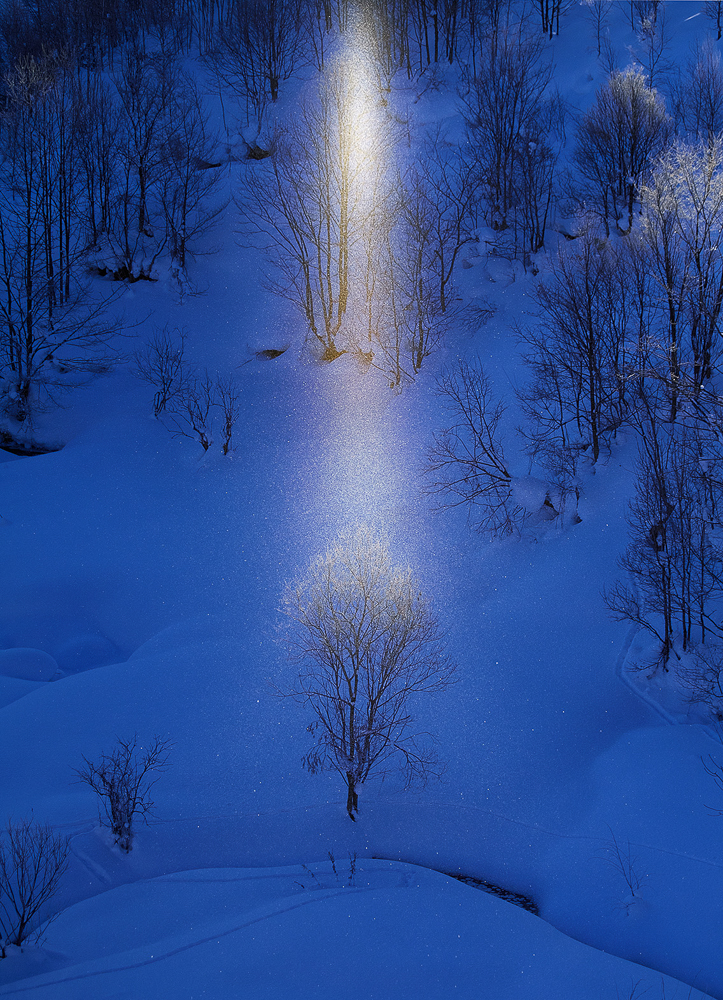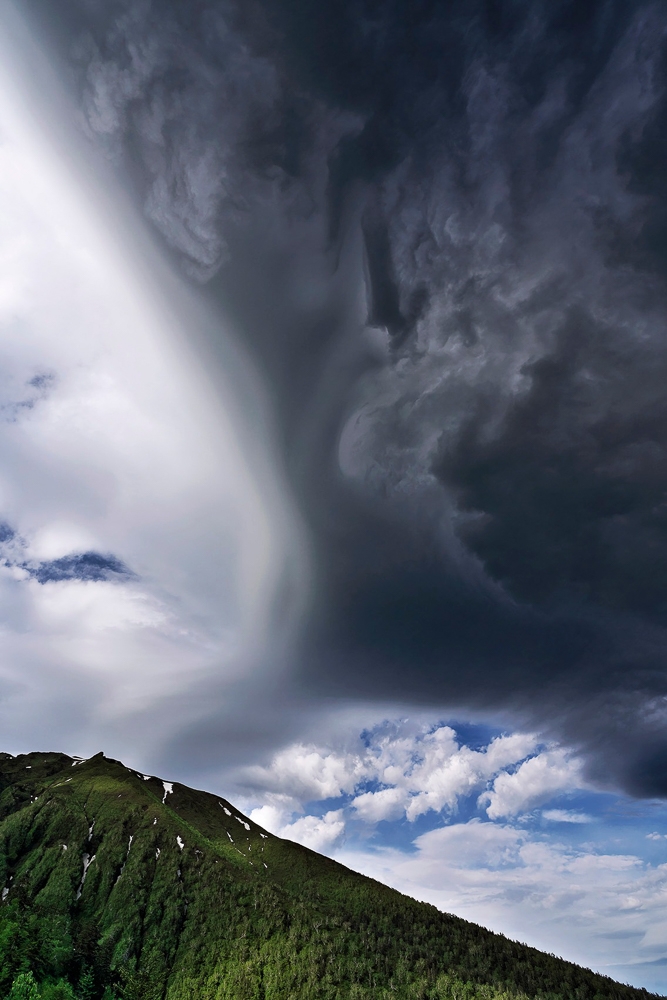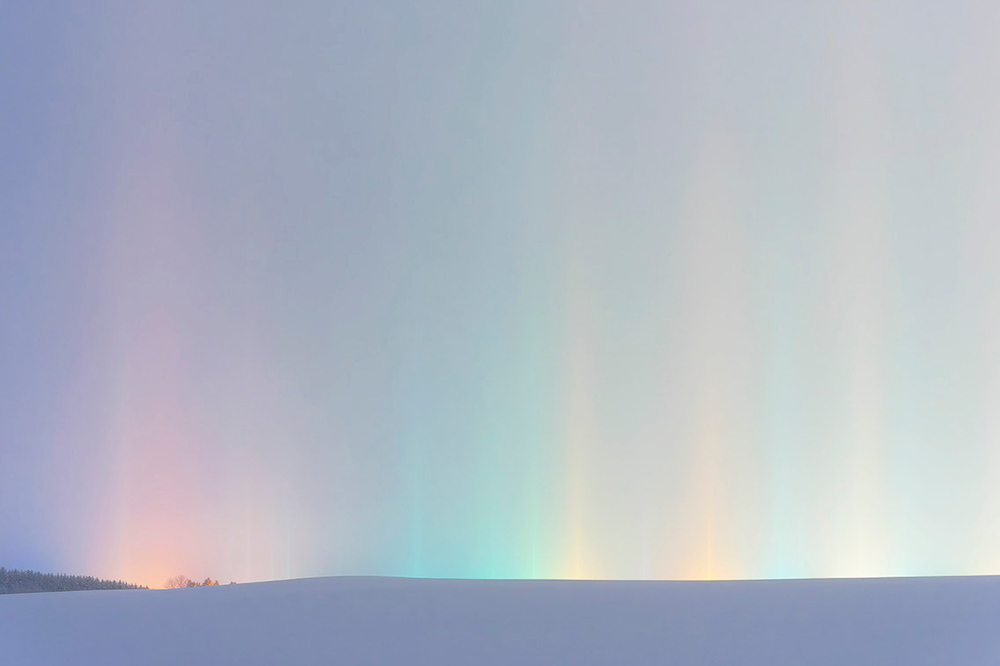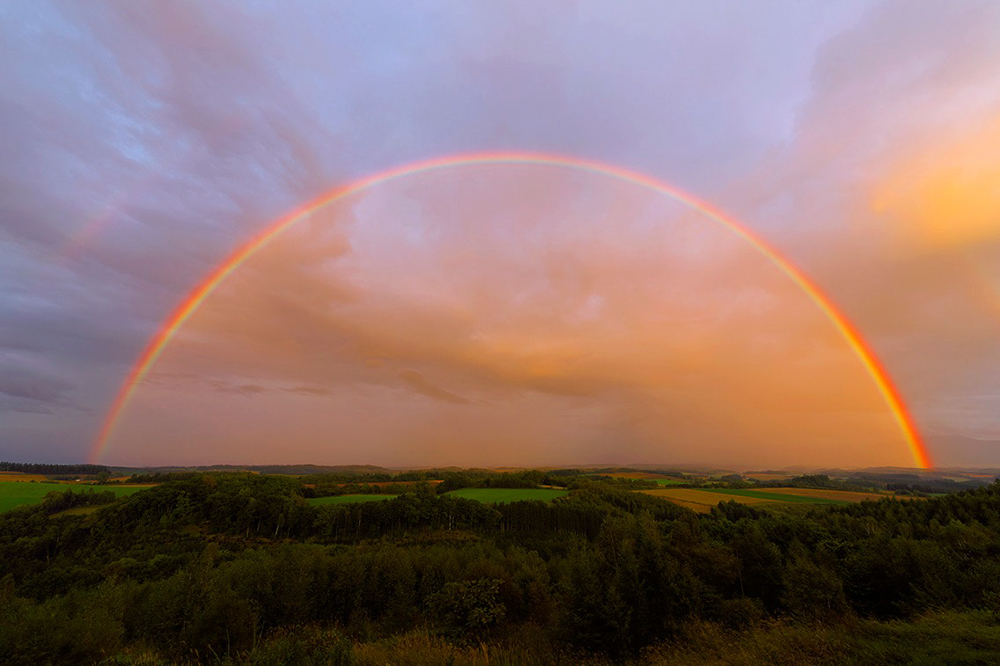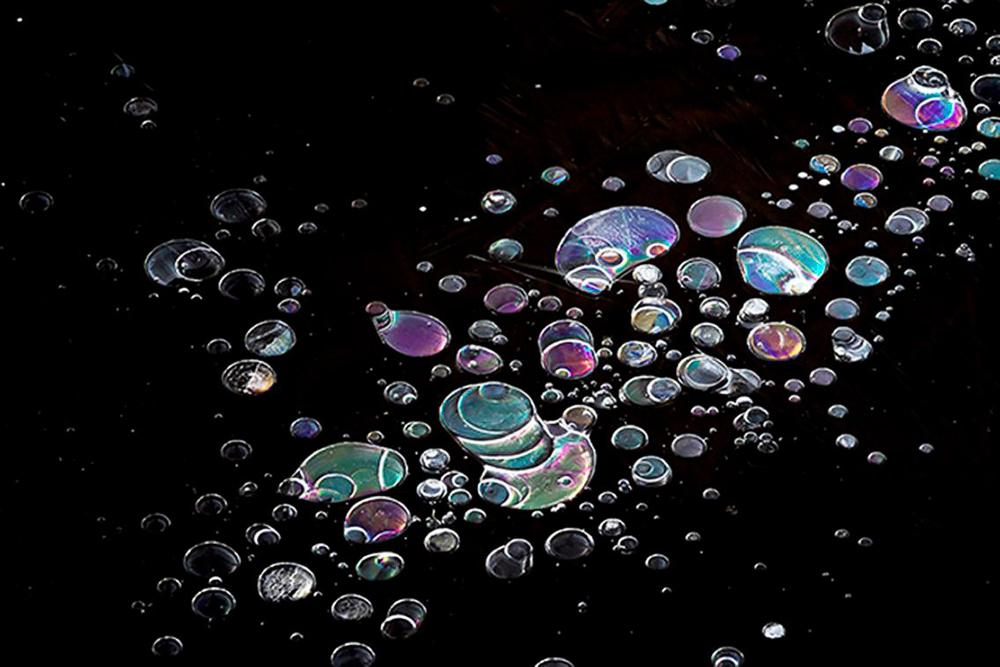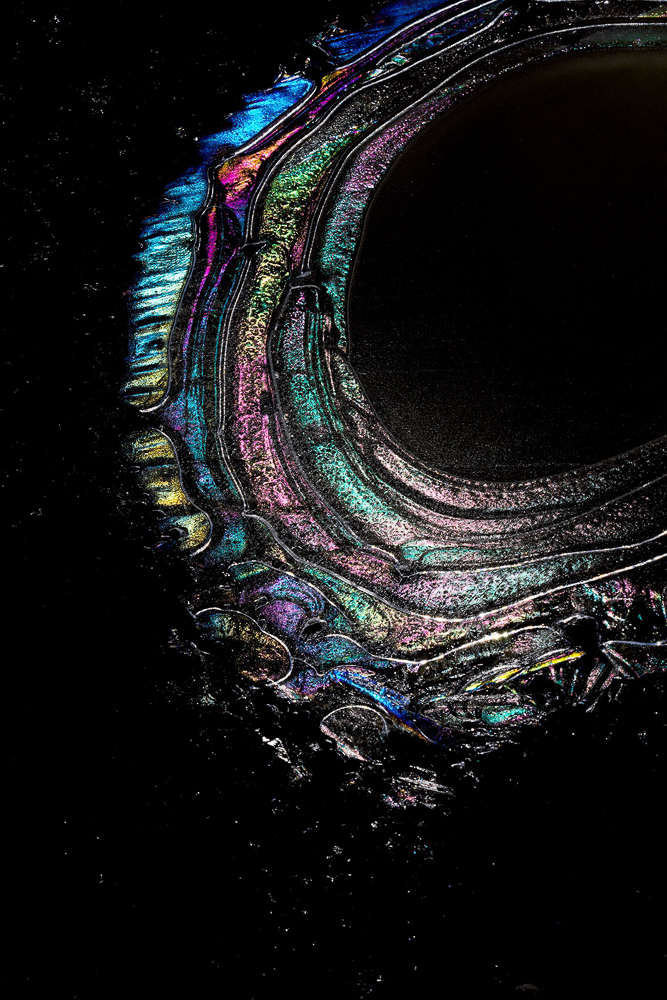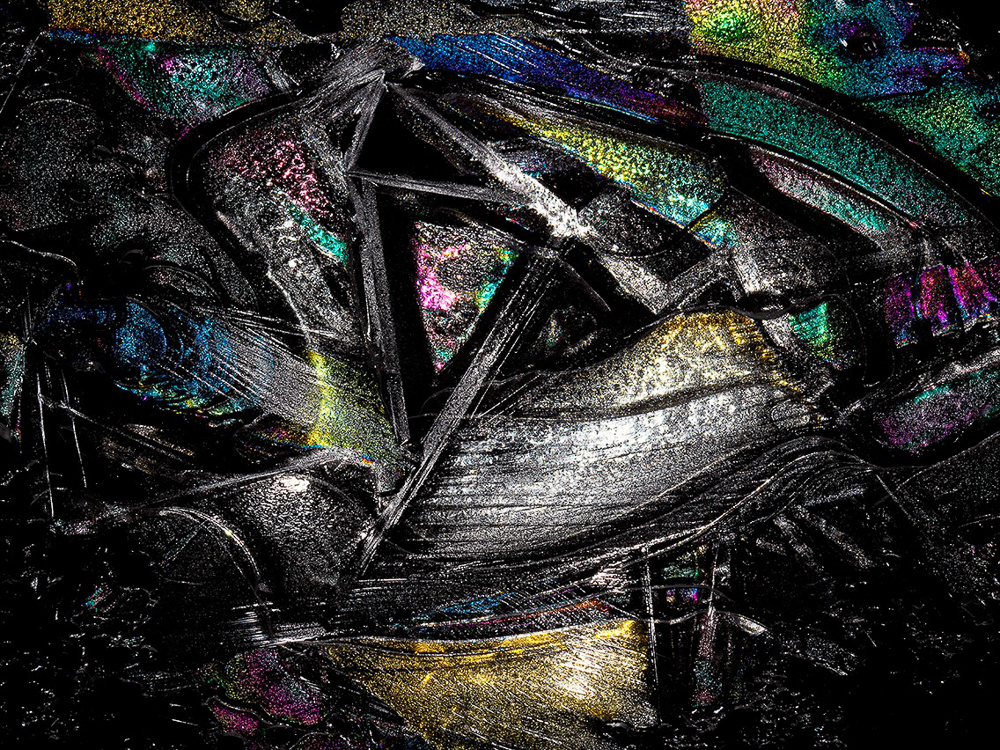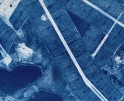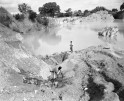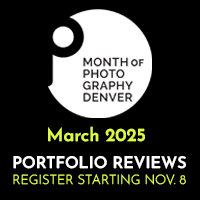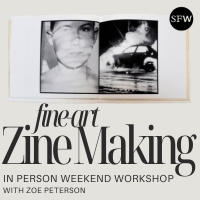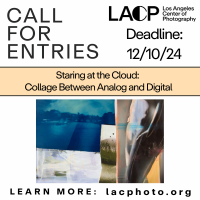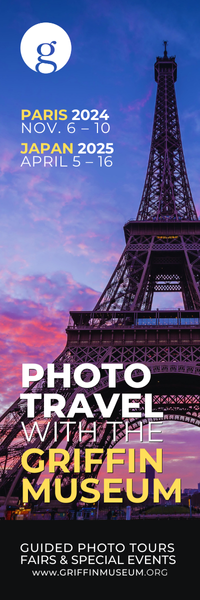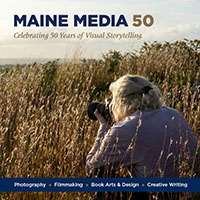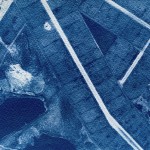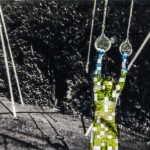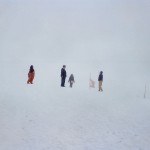Xuan-Hui Ng in Conversation with Masumi Takahashi
I first chanced upon Masumi Takahashi’s work at the Chitose Airport in Hokkaido. I had decided to visit Furano and Biei in the summer at the bidding of my ski coach. Like many other ski coaches in the region, he is a farmer by profession. He spoke about the lavender flower fields, the expansive rolling hills, and the delicious Japanese melons and sweet corn, and invited me to visit in the summer.
I was looking for a guidebook at the airport when I came upon Takahashi-sensei’s beautiful photography book on precisely the area I was going to. The guidebook was filled with breathtaking images and had recommended photography spots marked out in hand-drawn maps.
I plucked up the courage to write to him in my elementary Japanese to ask if he conducted workshops or tours of the area. He suggested the three-day tours he conducted for Japan Airlines and Club Tourism (a local tour agency) and I made plans to visit again when the tours were held. That was how our friendship began. I’ve always addressed him as “sensei,” the Japanese word used to address teachers, doctors, and other people who are experts in their respective fields because I see him not just as a guide but also a photography teacher.
During these tours, he took us to beautiful places and taught us about rainbows, frost, and diamond dust or sun pillars. I flooded him with questions about various natural phenomena and photography techniques. He was extremely patient and generous with his knowledge. Although he did not conduct formal critiques, he was happy to provide feedback on the images I showed him on the back of my camera.
Takahashi-sensei was born in Yubari, Hokkaido in 1959. He graduated from Sapporo University in 1982 with a degree in business management. In 1990, he published his first photography book “North Land Image” and in 1995, he opened North Land Gallery in Kamifurano, Hokkaido, where he lives. He has been photographing for over 43 years, has published over 70 photography books and is currently a Sony ambassador. Prior to that, he was an ambassador for Pentax, Panasonic, and Fujifilm.
He is a photographer who’s always looking to break new ground and is constantly reinventing himself. I believe he was photographing diamond dust before other photographers in the region learnt about this phenomenon. When people started photographing diamond dust in droves, he broke new ground by photographing other natural phenomena such as iridescent clouds, and rainbows on ice. He appeared in Asahi TV’s “Earth’s Miracles” program in a 2014 special about the Hokkaido town of Biei to speak about his 1997 discovery of Shirogane Blue Pond. Shirogane Blue Pond has since become one of the area’s key tourist attractions.
What made you take up a career in photography despite having majored in business management?
I decided to pursue a career in photography because I liked being outdoors and enjoyed hiking. In college, I would wake up early to hike before going to classes. I chose to live in Kamifurano because of the beautiful mountains. I see it as my mission to record and preserve the beauty of nature. I can’t create music, I can’t paint, but I can photograph.
What are some of the challenges you have faced?
I feel it’s more difficult for images on sun pillars and iridescent clouds to resonate with the audience because they are scenes that few people have witnessed so they question their authenticity. I think it’s important for photographers to consider how to explain and communicate the beauty of these obscure natural phenomena.
You’ve been photographing for over 40 years now. How do you manage to sustain your motivation to photograph every day?
The onus is on photographers to find new ways to approach a subject. I photograph mostly in Central Hokkaido but I’m never bored. It is up to the photographer to keep pushing the boundary of their creativity.
Cameras have become much more advanced nowadays and are able to handle night photography and severe temperatures. We need to evolve along with the camera and use its expanded capability. For example, I started photographing light pillars caused by streetlights this past winter. I doubt that anyone would have dreamt of doing so in the past. There’s so much to photograph. I don’t think it’s possible for anyone to run out of things to photograph.
(Note: Light pillars are an atmospheric optical phenomenon in which a vertical beam of light appears to extend above or below a light source. They can be caused by the moon or terrestrial sources such as streetlights and erupting volcanoes (source: Wikipedia).
Do you come across these amazing scenes purely by chance, or do you anticipate them? I remember on our photography tours in the past, you were able to anticipate exactly when and where rainbows would appear and took us to the place in advance.
It’s 100% based on expectations. I enjoy the chance encounters but don’t rely on them. For example, when it comes to rainbows, the angle, position, and direction of the sun matter so I select the place to photograph the rainbow depending on the conditions. Also, I give serious consideration to composition. We should photograph these natural phenomena not just by themselves but also in collaboration with the surroundings e.g., a rainbow in the fields or rainbow against the trees.
How did you become so knowledgeable about these natural phenomena? I mean there are no books that educate us about ice bubbles or a rainbow on ice or sun pillars.
There’s a lot of research on snow but, to my knowledge, nothing in Japanese about sun pillars and ice bubbles. The terms “sun pillar” and “diamond dust” and “iridescent clouds” did not exist in the Japanese language so were coined more recently. In the past, people were just too pre-occupied with surviving the harsh winters. It used to be a life-or-death situation. It’s only in recent years that people can live more comfortably in the winter months and pay attention to these phenomena.
Do you have any favorite photographers or artists?
I admire the aesthetics of the Rinpa tradition, which is best represented in the works of Ogata Korin (1658-1716), Tawaraya Sotatsu (1570-1640) and Hon’ami Koetsu (1558-1637). I am moved by the simplicity and elegance of their work. I find myself following in their footsteps.
What advice do you have for photographers?
I think it’s vital to strike a balance and not be obsessed with pursuing a certain phenomenon such as sun pillars. We need to photograph what nature presents and not constrain ourselves to certain themes.
Afterword
I have often spoken about how important my mentor, Nevada Wier, has been in helping me identify and develop my voice in photography. Masumi Takahashi is the other person who has had an outsized influence on my photography. He imparted knowledge of various natural phenomena and taught me how to find and photograph them. Importantly, he taught me to maintain my objectivity when photographing rare and breathtaking occurrences such as diamond dust, while not losing my wits and neglecting composition. He also taught me to create multiple variations of a scene to do justice to it.
In an interview, Rosamund Pike spoke about burying her awards and attributed this ritual to “imposter syndrome.” For a long time, I too suffered from “imposter syndrome” and felt my images were a poor imitation of Takahashi-sensei’s. It took several years before I was able to find my voice and become more confident. That said, his beautiful images, boundless energy, and creativity have continued to keep me honest and spurred me to push my boundaries and keep evolving as an artist.
Nevertheless, the master is still the master. Although I am becoming better at predicting when and where these magical phenomena will appear, I still make mistakes and have to learn. I look forward to conducting workshops and tours with Takahashi-sensei, in collaboration with Nobechi Creative, in our beloved Hokkaido in the near future.
Thank you to Xuan-Hui Ng
Follow on instagram: @xuanhui_ng
Posts on Lenscratch may not be reproduced without the permission of the Lenscratch staff and the photographer.
Recommended
-
“notes from a body inverted” by Emme Rovins – Exhibition at Gravedigger’s DaughterNovember 19th, 2024
-
Kari Varner: Blueprints for Slaughter and GroundworkNovember 14th, 2024
-
Carolyn Cheng: The Feminine SublimeOctober 12th, 2024
-
Joe Reynolds in Conversation with Douglas BreaultOctober 7th, 2024
-
Anne M. Connor: Raised by the LandSeptember 30th, 2024

